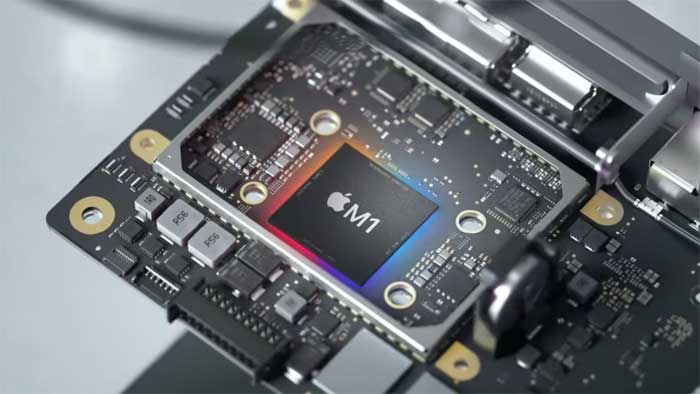 EMERGING TECH
EMERGING TECH
 EMERGING TECH
EMERGING TECH
 EMERGING TECH
EMERGING TECH
Apple Inc. is reportedly developing a virtual reality headset that will feature sharper displays than current competing devices and is expected to be far more expensive.
That’s according to a report today in Bloomberg, which attributed the information to people familiar with the matter.
The upcoming VR headset, which reportedly goes by the internal Apple codename N301, is described by Bloomberg’s tipsters as being in the “late prototype stage.” The iPhone maker has apparently produced multiple proof-of-concept models already. It’s believed that the headset could launch as soon as next year if everything goes according to plan.
The N301 in its current form is about the size of Facebook Inc.’s Oculus Quest VR headset, which measures 6.3 by 8.27 by 3.46 inches and weighs roughly 4.6 pounds. There’s reportedly a possibility that the final version will have a fabric cover rather than a traditional metal or plastic case. Inside the headset, the screens that will display VR content are expected to have a higher resolution than the panels of current products such as the Oculus Quest.
The N301 will reportedly function as a standalone system that won’t have to be tethered to a separate computer to help with processing. Instead, the headset will perform computations using a chip that the tipsters said is more powerful than the M1 inside some of Apple’s Mac computers. Apple claims that the M1 provides up to twice the performance of a comparable Intel Corp. chip.
The iPhone maker’s long-term product plans are said to extend beyond VR. Despite the impressive hardware specifications it’s expected to feature, the N301 is reportedly only meant to serve as a precursor to a pair of augmented reality glasses set to arrive later on. The glasses are in an earlier stage of development, according to Bloomberg, which reported that Apple doesn’t expect to formally announce the device before 2023.
Apple’s VR and AR device plans may have received a boost from its separate initiative to replace Intel chips in Macs with the homegrown M1 processor. Besides being faster, the M1 requires as little as a fourth the electricity of comparable Intel silicon according to Apple. The power-saving innovations the iPhone maker developed for the processor may help give its upcoming headsets an edge over rivals in the battery life department.
Balancing energy efficiency with performance is a big priority in the AR and VR segments. Headsets must render complex three-dimensional content with minimal latency, which can require a lot of power, but pack batteries that often have limited capacity because of device size constraints. Battery life is particularly important in systems that perform processing locally without the help of a tethered computer, as Apple’s VR headset will reportedly do.
Today’s report didn’t mention what connectivity options the device will offer. Several existing players in the VR market are working on headsets with 5G support, a feature that Apple may potentially seek to offer as well. That may require it to source more modem chips from current supplier Qualcomm Inc., at least until its reported efforts to develop a homegrown 5G modem bear fruit.
Support our mission to keep content open and free by engaging with theCUBE community. Join theCUBE’s Alumni Trust Network, where technology leaders connect, share intelligence and create opportunities.
Founded by tech visionaries John Furrier and Dave Vellante, SiliconANGLE Media has built a dynamic ecosystem of industry-leading digital media brands that reach 15+ million elite tech professionals. Our new proprietary theCUBE AI Video Cloud is breaking ground in audience interaction, leveraging theCUBEai.com neural network to help technology companies make data-driven decisions and stay at the forefront of industry conversations.